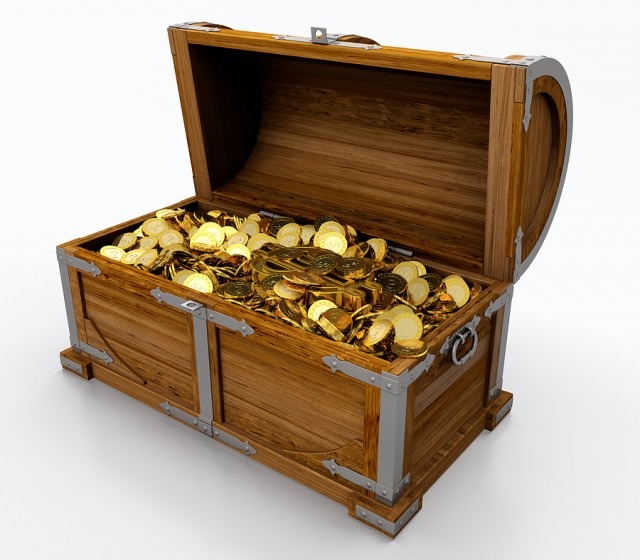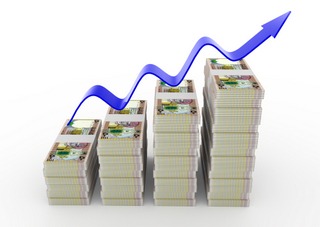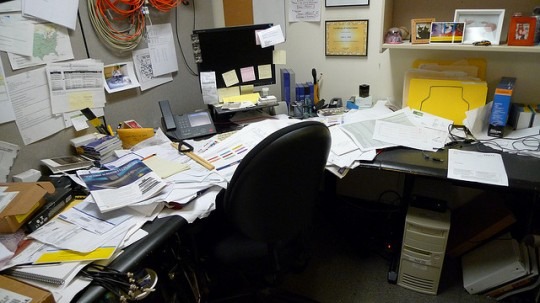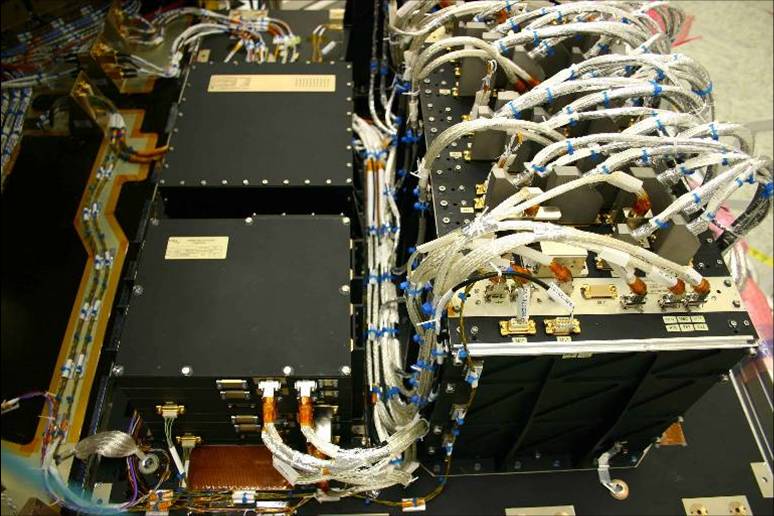Online CFD trading works better when the trader implements ideas and concepts for better risk control. After all, it’s more important not to lose than to win.
Online CFD Trading Tips
1 – Traders should take online CFD trading more seriously than other kinds of instruments. This is because CFDs do offer far superior trading performance through better liquidity and linear pricing.
2 – Traders should avoid using low risk-reward ratios. The idea of using low risk-reward ratios is about using stops of X size. While expecting to take profit at 2Xor 3X, which probability wise does not make much sense. The probability of making a profitable trade goes up when large risk-reward ratios are used.
3 – Traders who make make a lot of money in the financial markets do break some of the classic trading rules. Total obedience to such rules will prevent you from reaching your true potential.
4 – Online CFD trading offers the opportunity for enhanced temporary hedging of losing trades.
5 – Day trading on daily forex news does not really work
6 – An online CFD simulator does help in evaluating all kinds of trading ideas and strategies, as well as money management systems. It is therefore a very useful tool.
7 – Commodities and stocks are much better to trade through CFDs as opposed to direct access. You instantly have advantages over non CFD traders.
8 – Fibonacci theory doesn’t work in the financial markets. Wise CFD traders have figured this out already and have abandoned this method, along with some other flawed trading methods.
9 – Do pay attention to the US dollar. Markets that are dollar sensitive defy all technical analysis methods and signals. And it happens every time the US dollar moves due to geopolitical concerns.
10 – Take CFD trading seriously. It can facilitate very efficient retail size trading. Which is more than enough to allow a trader to make millions. Don’t be lured by brokers offering tax free, cheaper alternatives such as spread betting, futures, or even options. These instruments suffer from non linear pricing, inherent inefficiencies in fast trading, and very poor filling price.
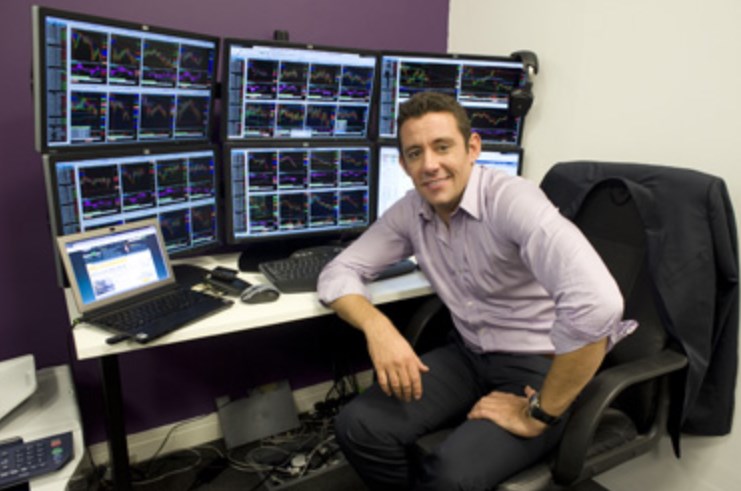
Online CFD Trading Wins Hands down over Other Instruments, in Many Ways
Most traders focus too much on leverage and dealing costs. But the real benefit of CFDs is without a doubt superior efficiency. In reality, you don’t need more than 100 to 1 leverage in forex trading. And possibly no more than 200 to 1 in some commodities and highly priced stocks. All CFD trading accounts can facilitate sophisticated trading. And the future is very promising as these CFD brokers will be the first to introduce more sophisticated contingent orders and trading tools. Which means that traders who know their markets well will be able to do much more. Especially on risk control. The CFD trading platforms and the brokers as a whole are supported by superior liquidity-providing technology, which is second only to the more expensive ECN brokers.
Be Wise and Challenge Questionable Tips
Even profitable traders make mistakes when giving out tips. Just because a trade was very profitable and the trader used Fibonacci theory to plan that trade. But it still doesn’t prove the theory right. By learning to challenge and analyze these winning trades you will develop very sharp trading skills. Many books and seminars on trading CFD for dummies will inevitably include some false tips and ideas. You have to question things further, and take only the good part out them. It’s important to analyze your own winning trades in greater depth, to figure out the cause of success. Attributing winning trades to the wrong signal or method, will later lead to losing trades. Especially winning trades tend to be the most deceiving ones, because the trader feels too good about them… Online CFD trading will allow you to lieterally make millions by taking these facts into account.




